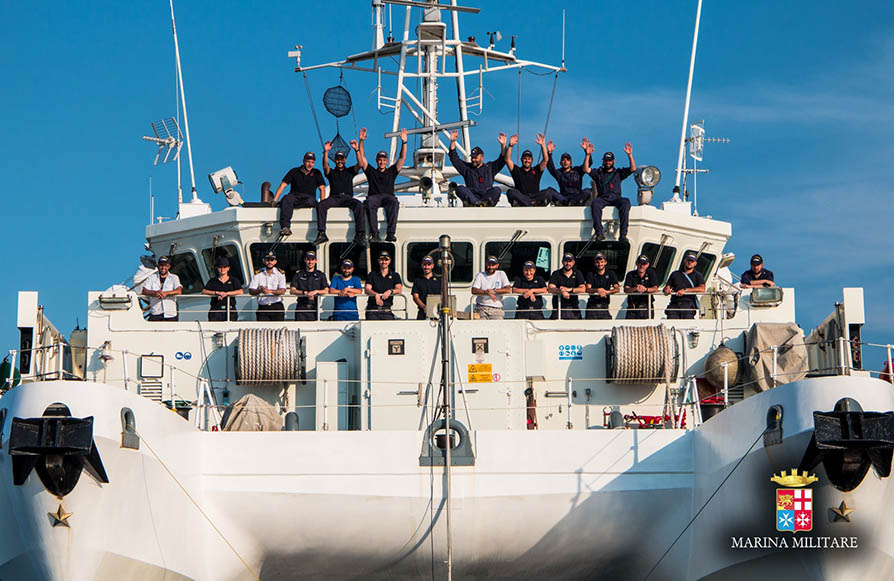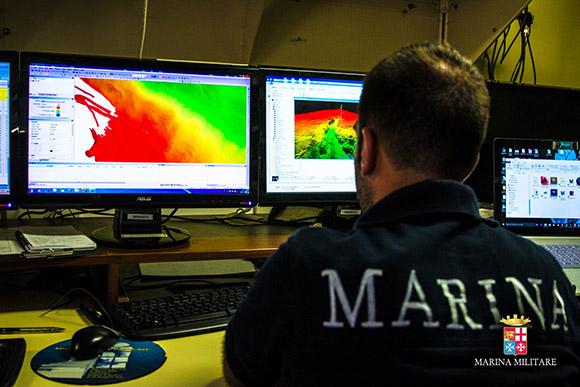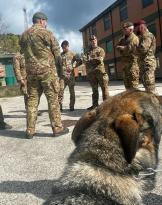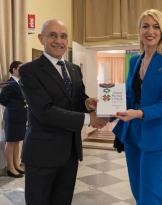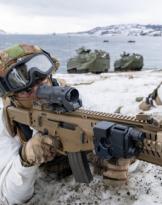The MREA 2016 (Maritime Rapid Environmental Assessment), the result of the cooperation between the Navy and national research bodies, is taking place these days in the Ionian Sea. The MREA, which will end on 9 July, serves to study currents in the Ionian Sea and to train hydrographers to support military operations.
Ship Arethusa, hydro-oceanographic unit of the Navy, during the two weeks of surveys at sea, hosted researchers from national research bodies, such as the University of Bologna, the CNR (National Research Council), the CMCC (Centro Euro- Mediterranean on Climate Change) and the INGV (Institute of Geophysics and Volcanology), who worked closely with the hydrographic experts on board.
Promoted by the Hydrographic Institute of the Navy, the activity is used to acquire data on the chemical-physical parameters of the water column to study the circulation of currents in the Ionian Sea, following a scientific methodology that serves to provide information necessary for the management of operations at sea. These data are very important, for example, when planning amphibious landings where knowledge of surface currents is one of the parameters to be considered in the movements of vessels heading towards land.
Through the multiparametric probe (CTD probe, Conductivity, Temperature and Depth, i.e. Conductivity, Temperature and Depth), able to measure the profiles of physical parameters such as temperature and salinity, it is possible to trace the density of the different water masses, cause of the currents submarine.
The predictive data estimated by the mathematical models of circulation, compared with the actual current, measured by acoustic current meters, allows to verify and correct oceanographic forecasting models.
MREA 2016 was used to calibrate numerical models for the prediction of superficial and deep sea currents in the Gulf of Taranto area, part of a larger research project, which provides for the repetition of the same series of measurements in different seasonal periods, in order to improve predictive oceanographic modeling, making it even more accurate and reliable, even with seasonal changes in the characteristics of the sea.
